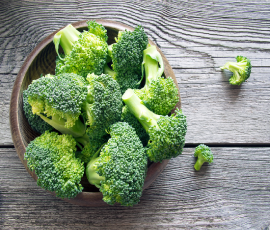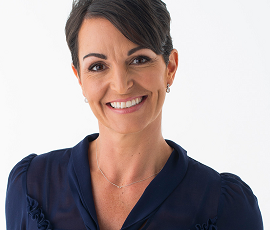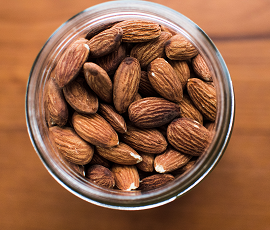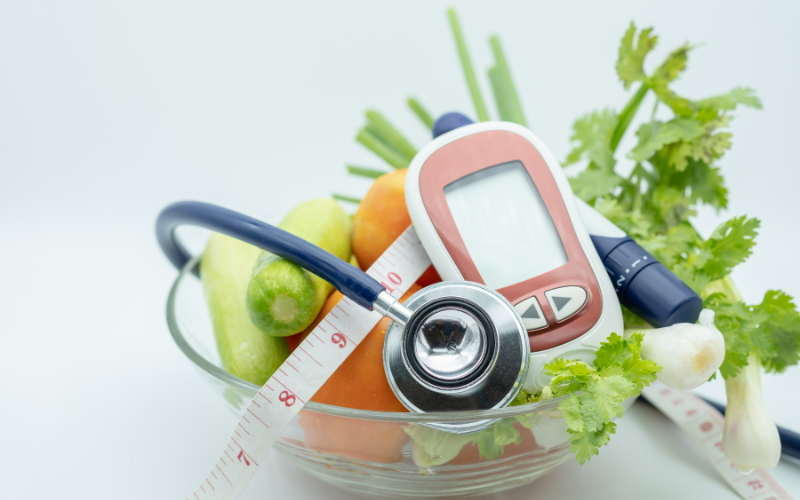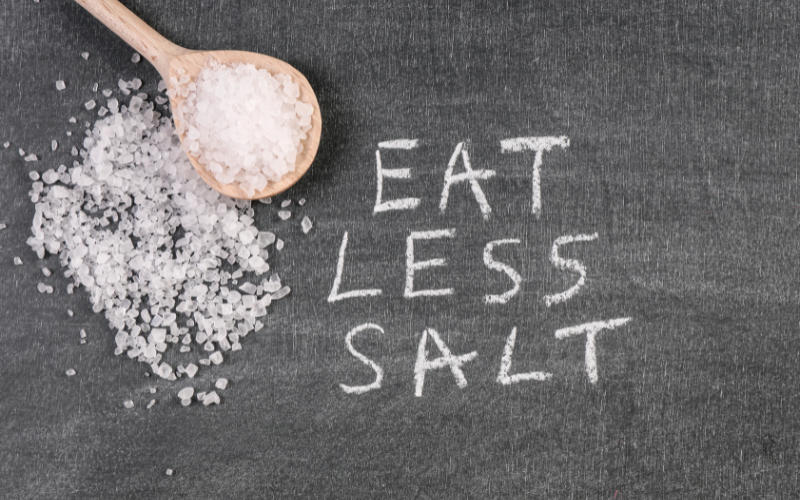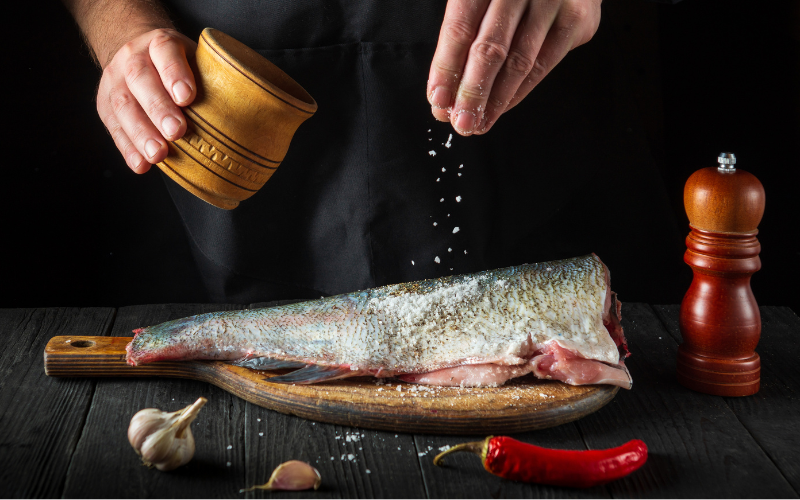Zoe Bingley-Pullin: High Cholesterol – Symptoms, Tests & How to Improve
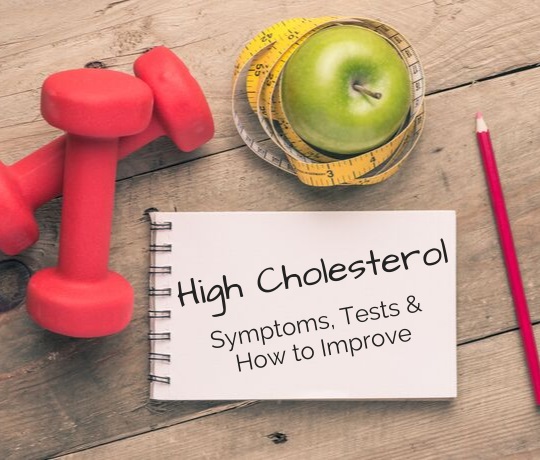
Advice about cholesterol has been controversial and subject to change over the past few decades so understandingly, it can be quite confusing! In this article I’ll cover the cholesterol basics, testing and lifestyle modifications you can make to improve your health outlook and reduce your cardiovascular disease risk.
What is cholesterol and why do we need it?
Cholesterol is a fatty substance that circulates in our blood. It is both made by the body and can also be ingested via the food we eat. Cholesterol has been demonised in medical circles and media but actually it is vital to life and has many important functions. It is a precursor for steroid hormones, bile acid and vitamin D and makes up part of the structure of our cell walls.
However, having high levels of the wrong type of cholesterol in the blood increases cardiovascular disease risk. A build-up of cholesterol in your blood can contribute to fatty deposits called plaques. This process is called atherosclerosis and can lead to a narrowing and stiffening of the arteries over time which can cause coronary heart disease (heart attack, angina), stroke or peripheral vascular disease.
The ‘Good’ and ‘Bad’ Cholesterol
Special proteins help move cholesterol around our blood and the two main types are:
Low Density Lipoprotein (LDL) – carries cholesterol to your cells, is prone to free radical damage and contributes most to heart disease. An unhealthy accumulation in the blood can lead to blocked arteries and risk of heart disease, hence the label ‘bad’ cholesterol.
High Density Lipoprotein (HDL) – carries excess cholesterol back to your liver where it is either reused or removed. HDL is considered the ‘good’ cholesterol as it helps protect arteries from an accrual of fatty deposits, thereby decreasing cardiovascular disease risk.
The total level of cholesterol in the blood is a combination of HDL cholesterol and LDL cholesterol. When having your cholesterol tested, your doctor should test both HDL and LDL cholesterol as well as triglycerides, a measure of the amount of fat moving in the blood.
High cholesterol symptoms & signs
Unfortunately you can be harbouring unhealthy cholesterol levels and be totally unaware of it. There are often no symptoms or signs of high cholesterol – you probably feel perfectly fine. That’s why it’s important to have your cholesterol checked if you have a family history, are over 45 or if you have other risk factors such as diabetes. Whilst it’s more common in older people, surprisingly, one in five Australians aged 18 to 34 have high total cholesterol, according to the Australian Heart Foundation. A blood test is used to measure your cholesterol.
Understanding your cholesterol test results
I always recommend that you get a copy of your test results for your own records. You have to be an advocate for your own health these days so it’s important to have a basic understanding of what your result means. Here is a guide for fasting cholesterol tests (where you don’t eat or drink anything for up to 12 hours prior to the blood test):
Total Cholesterol ideally below 4.0 mmol/L (but up to 5.5 mmol/L is within normal).
HDL Cholesterol ideally above 1.0 mmol/L
LDL Cholesterol ideally below 2.0 mmol/L
Triglycerides ideally below 2.0 mmol/L
Top 9 diet & lifestyle changes to improve your cholesterol levels
If your cholesterol is out of balance, lifestyle interventions are the first line of treatment. Here are my top 9 tips for reducing harmful LDL cholesterol and boosting healthy HDL levels.
- Eliminate trans fats. Trans fats, sometimes listed on food labels as "partially hydrogenated vegetable oil," are often used in store bought pastries, cakes, crackers and deep fried fast foods. Trans fats raise overall cholesterol levels.
- Replace some saturated fats in the diet with mono- or poly-unsaturated fats. Whilst there is no statistically significant correlation between saturated fat intake and heart disease, research has shown that replacing saturated fats with unsaturated ones reduces the risk of cardiac events. That’s due to unsaturated fats being protective while saturated ones are neutral. An example of a good swap would be to use extra virgin olive oil or avocado instead of butter.
- Include more fibre in your diet. Soluble fibre is particularly good for lowering cholesterol because it binds to cholesterol and helps with elimination from the body. Soluble fibre is found in foods like oats, kidney beans, Brussels sprouts, apples and pears.
- Eat foods rich in omega-3 fatty acids. Omega-3 fatty acids don't affect LDL cholesterol but can increase your HDL levels and lower your triglycerides. Foods with omega-3 fatty acids include salmon, mackerel, trout, herring, walnuts and flaxseeds. Aim for 2-3 serves a week.
- Opt for wholefoods. Healthy wholefoods not only contain valuable nutrients and fibre but can help you steer clear of processed foods that are often high in saturated and trans fats.
- Keep active. Exercise can raise the good HDL cholesterol. Try to be physically active for 30-60 minutes each day. The key is to make exercise part of your daily routine, like work exercises!
- Lose weight. Carrying even a few extra kilos contributes to high cholesterol.
- Go moderate on alcohol. Moderate use of alcohol has been linked with higher levels of HDL cholesterol (which is a good high level), but that’s just one drink a day for women and up to two drinks for men. Beware, the health benefits disappear if you overindulge!
- Quit smoking. You’ll see improvements to your HDL cholesterol level very quickly. Plus, within a year of quitting, your risk of heart disease will have halved!
Do you prefer to dial-in than cook?
We all have our times when we’re too busy or too tired to cook - yes, even me! On those days, I fall back on healthy, pre-made meals conveniently in my freezer from my favourite “fast food” company, Dietlicious. The entire range meets the nutritional brief for being heart-healthy so stock up your freezer and you too can have a meal ready to eat in minutes. It’s faster than dialling for delivery and a truckload healthier too!

